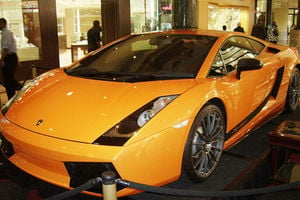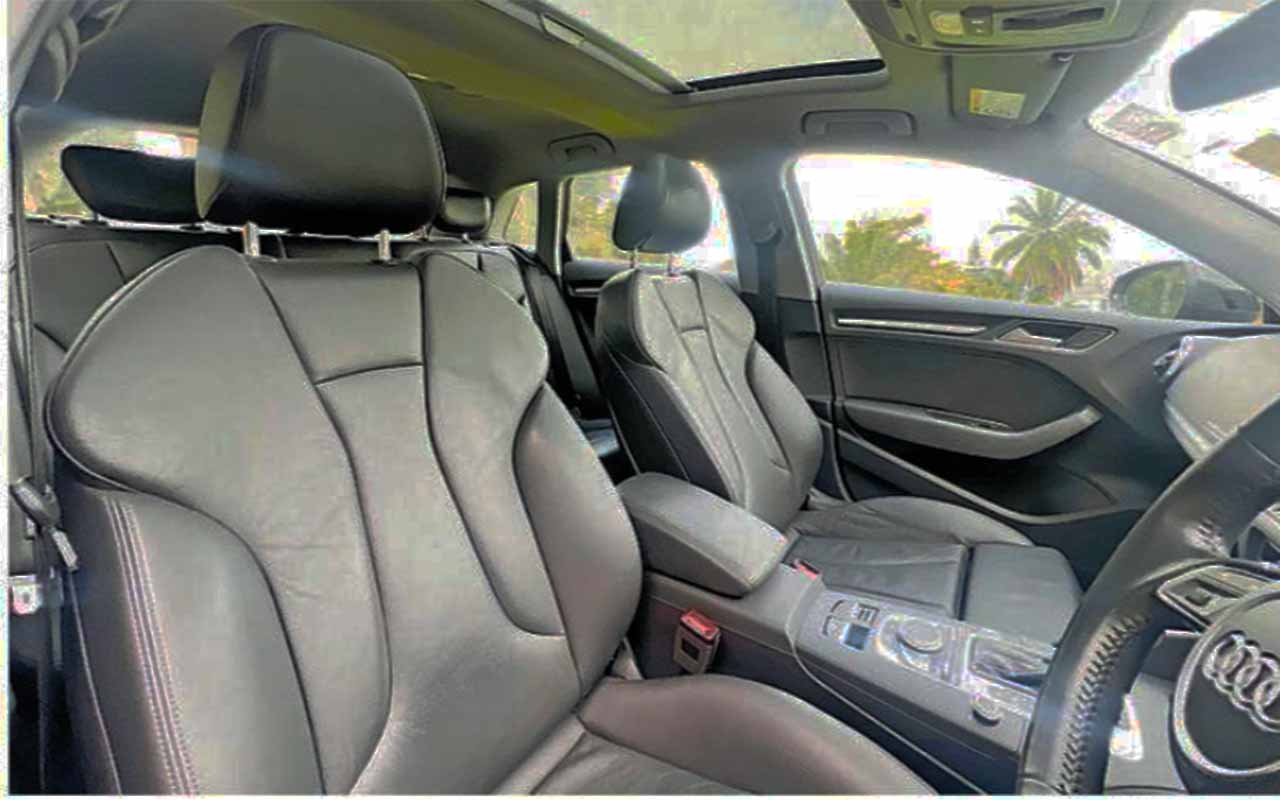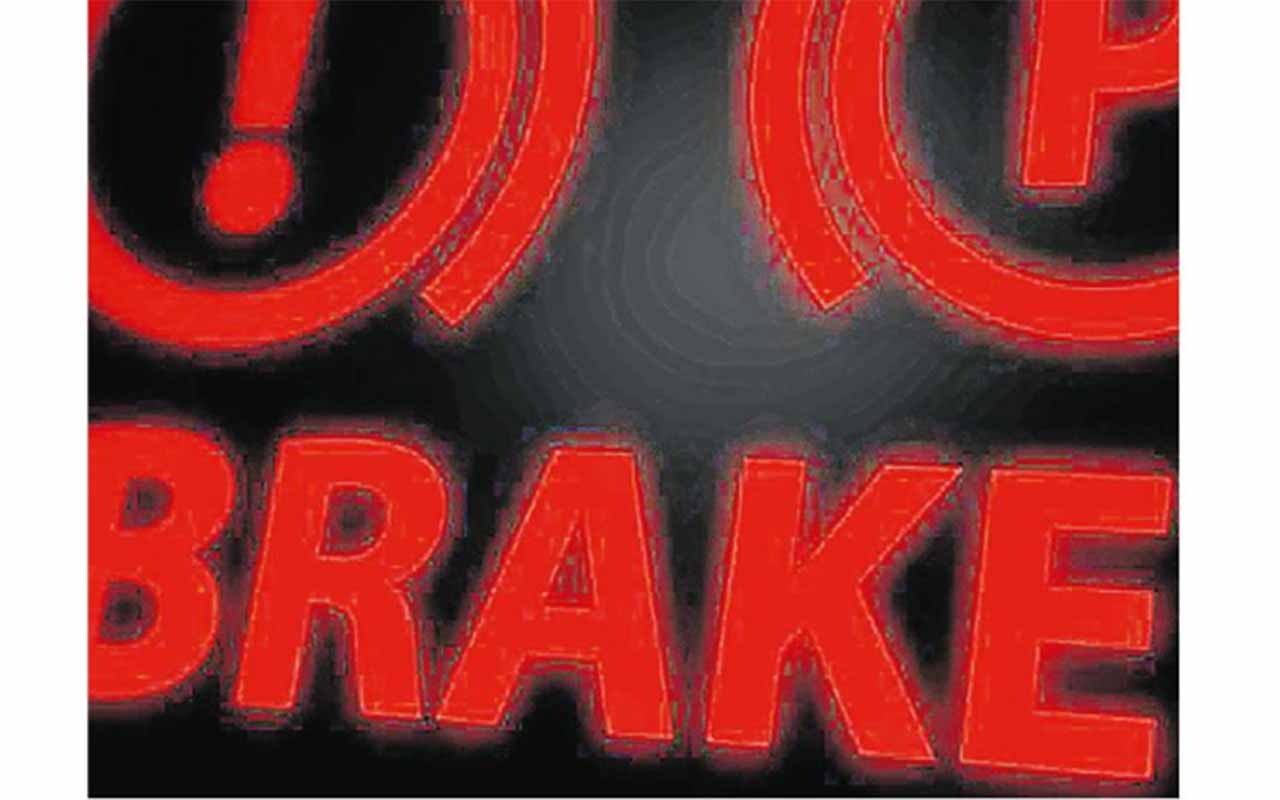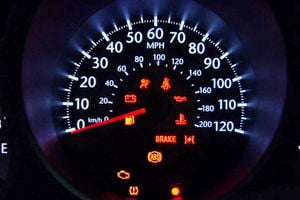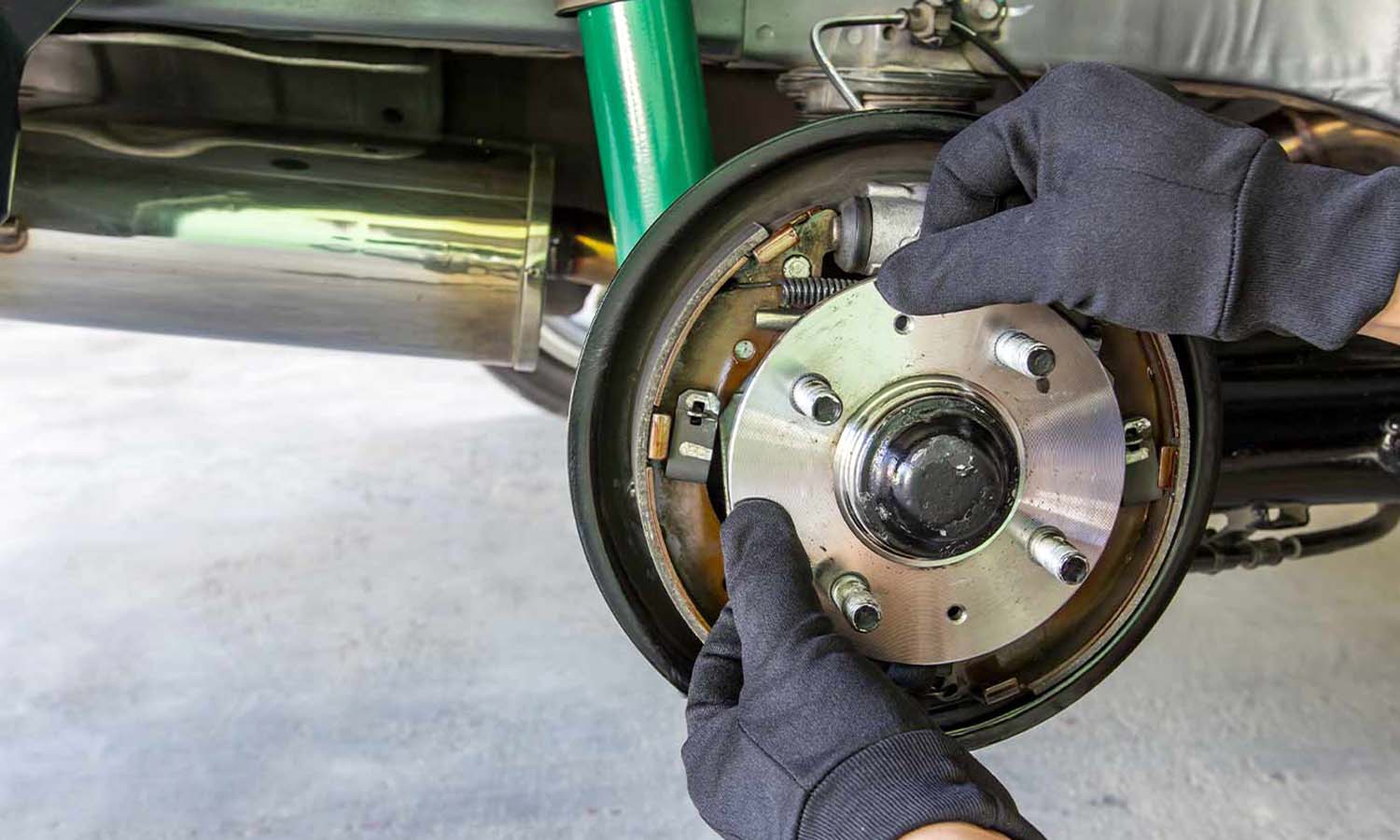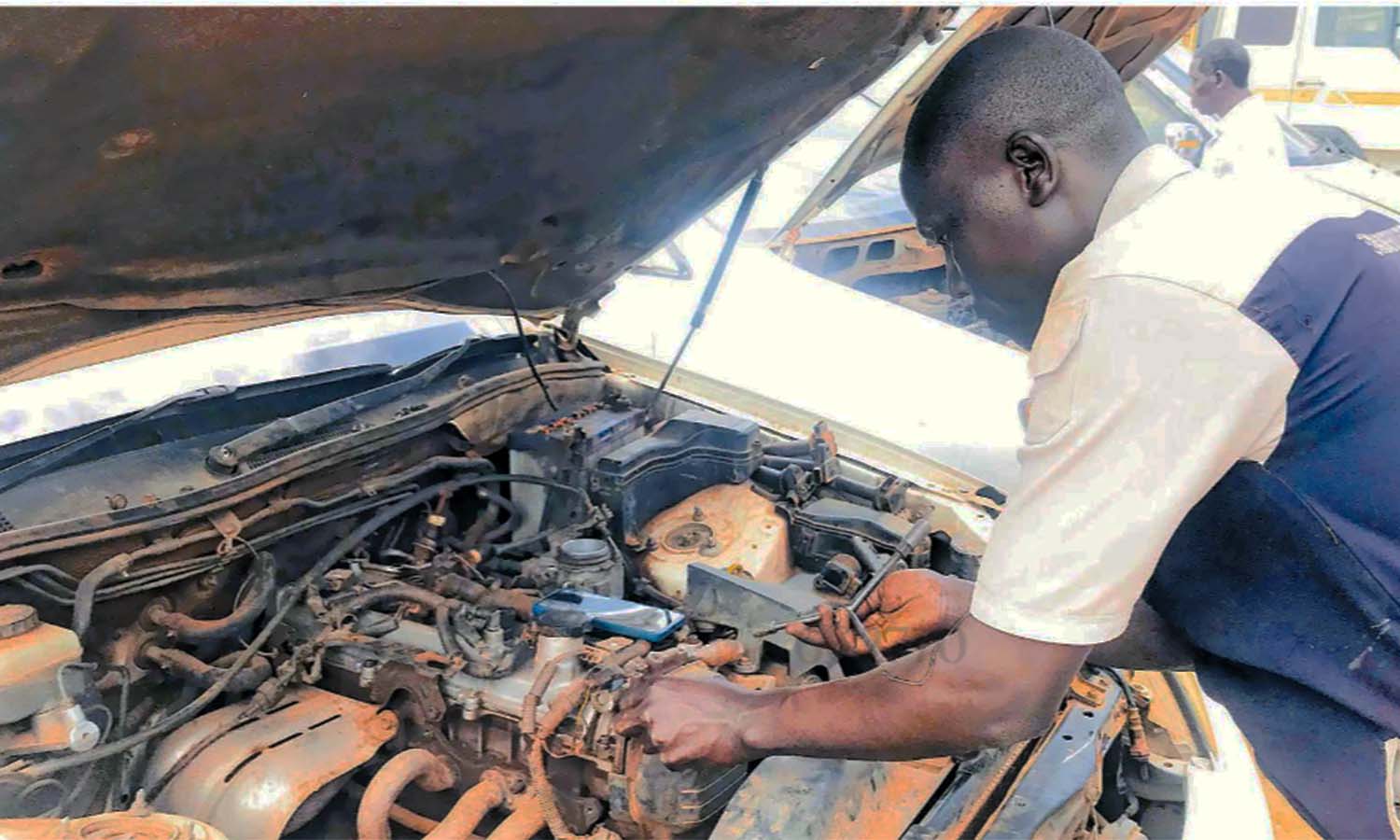
Simon Kamya Ssentong, a mechanic, uses a slug wrench to open the cover of a vehicle's timing belt. Quality timing belts cost around Shs200,000. PHOTO/DAPHINE NAKABIRI
Cars are intricate machines, and certain repairs can be quite costly depending on the make, model, and complexity of the vehicle. Issues often arise from wear, frequent use, driving habits, or neglecting maintenance, all of which emphasise the need for regular care.
Simon Ssentongo Kamya, a mechanic at Sim and Jim Service Centre in Nsambya, Kampala, explains that many costly repairs are preventable if warning signs, such as check engine lights or unusual sounds, are addressed early. Here are some of the most expensive vehicle repairs and ways to mitigate them.
Suspension system
The suspension system connects the wheels to the car body, absorbing road shocks and maintaining a smooth ride. It consists of shock absorbers, struts (another name for shock absorbers), control arms, springs, and ball joints, making it complex and labour-intensive to repair, especially in high-end cars with advanced systems such as air suspension.
The damaged suspension affects handling, tyre wear, and stopping distances, with repair costs ranging from Shs300,000 to Shs1.2m, depending on the vehicle type, damaged part and parts grade or quality.
Regular inspections help catch wear early and avoid costly replacements. To prolong suspension life, Kamya advises avoiding potholes and speed bumps at high speeds.
Timing belt
The timing belt, or cam belt, synchronises the camshaft and crankshaft to keep the engine’s valves and pistons in harmony. Quality timing belts cost around Shs200,000, and replacement requires disassembling parts of the engine, often along with (such as) water pumps. You may need to replace other parts that work with the timing belt, such as tensioners and pulleys, which could cost you an additional Shs200,000 to Shs300,000.
Signs of a worn-out timing belt may include misfiring, oil leaks, engine rattling, and a check engine light. The timing belt should be replaced at or before 100,000 kilometres for the first replacement to avoid severe engine damage. Kamya suggests that if your car stalls, avoid starting it immediately, as it may indicate a broken belt needing urgent mechanical attention. Attempts to start an engine with a broken timing belt may cause severe damage of costly engine parts.
Transmission
The transmission is vital for shifting gears and transferring power to the wheels. Repairs, rebuilds, or replacements can range from Shs2m to Shs5m due to the complex components; gears, clutches, sensors, and solenoids.
Advanced transmissions such as continuously variable transmissions (CVTs) or dual-clutch transmissions (DCTs) in luxury models are even costlier. Warning signs of a faulty transmission include sluggish acceleration, whining sounds, and unusual noises in neutral. Routine maintenance and smooth shifting can prolong the life of a transmission and reduce repair costs.
Fuel injector
Fuel injectors deliver precise amounts of fuel into the engine’s combustion chamber, essential for optimal engine performance. Fuel injectors typically cost around Shs1.2m, with high-performance or diesel engines costing more.
Damaged or dirty fuel injectors lead to rough idling, reduced power, and increased fuel consumption. Paul Kaganzi, a mechanic, advises using high-quality cleaner fuels from reputable stations. These fuels are blended with fuel system cleaning additives as it contains additives that prevent injector deposits and ensure efficient fuel combustion and engine protection.
Clutch
In manual transmission vehicles, the clutch engages and disengages the engine for smooth gear changes. Replacing the clutch involves removing the transmission and costs between Shs200,000 and Shs500,000 (500,000 -700,000 for a full clutch kit replacement. Signs of a failing clutch include slipping, difficulty shifting gears, squealing, and burning smells.
Kamya recommends mindful driving techniques such as avoiding “riding” ( driving with the foot resting on the clutch) the clutch to extend its lifespan and reduce the likelihood of expensive repairs.
Catalytic converter
The catalytic converter reduces harmful emissions, helping vehicles meet environmental standards. Replacements cost between Shs500,000 and Shs700,000, partly due to the valuable metals used in its construction.
Signs of a failing converter include reduced acceleration, poor fuel efficiency, and a rotten egg smell. Regular maintenance and using high-quality parts during replacement are crucial for compliance with emissions standards and long-lasting performance.
Alternator
The alternator powers a vehicle’s electrical systems and recharges the battery while driving. Alternators cost around Shs500,000, depending on the vehicle model. Alternator failure can lead to a drained battery and loss of electrical power, causing stalls and other issues. Keeping an eye on battery health and electrical performance can help prevent alternator failure.
Engine cylinders
Engine cylinders house the combustion process that powers the vehicle. Cylinder issues are among the most complex and costly repairs due to the intricate components and labour involved.
Repairs might include replacing pistons, valves, and gaskets or even a full engine rebuild, especially for high-performance engines such as the Toyota 1KZ, which can cost up to Shs12m or more. Regular engine checks and oil changes help prevent cylinder damage and extend engine life.
Radiator
The radiator regulates engine temperature by dissipating excess heat. It costs around Shs200,000 – 500,000 dependi g on the vehicle size and make or more, depending on the vehicle. Signs of a failing radiator include rust, leaks, and low coolant levels.
A failed radiator can cause engine overheating, leading to serious damage like warped heads and blown gaskets. Kaganzi advises checking the coolant level regularly and monitoring the dashboard temperature gauge to avoid overheating issues.
Regular maintenance, prompt attention to warning signs, and mindful driving can help avoid costly repairs. Listening to your car and addressing issues early will not only save money but also ensure your car’s longevity and optimal performance.

